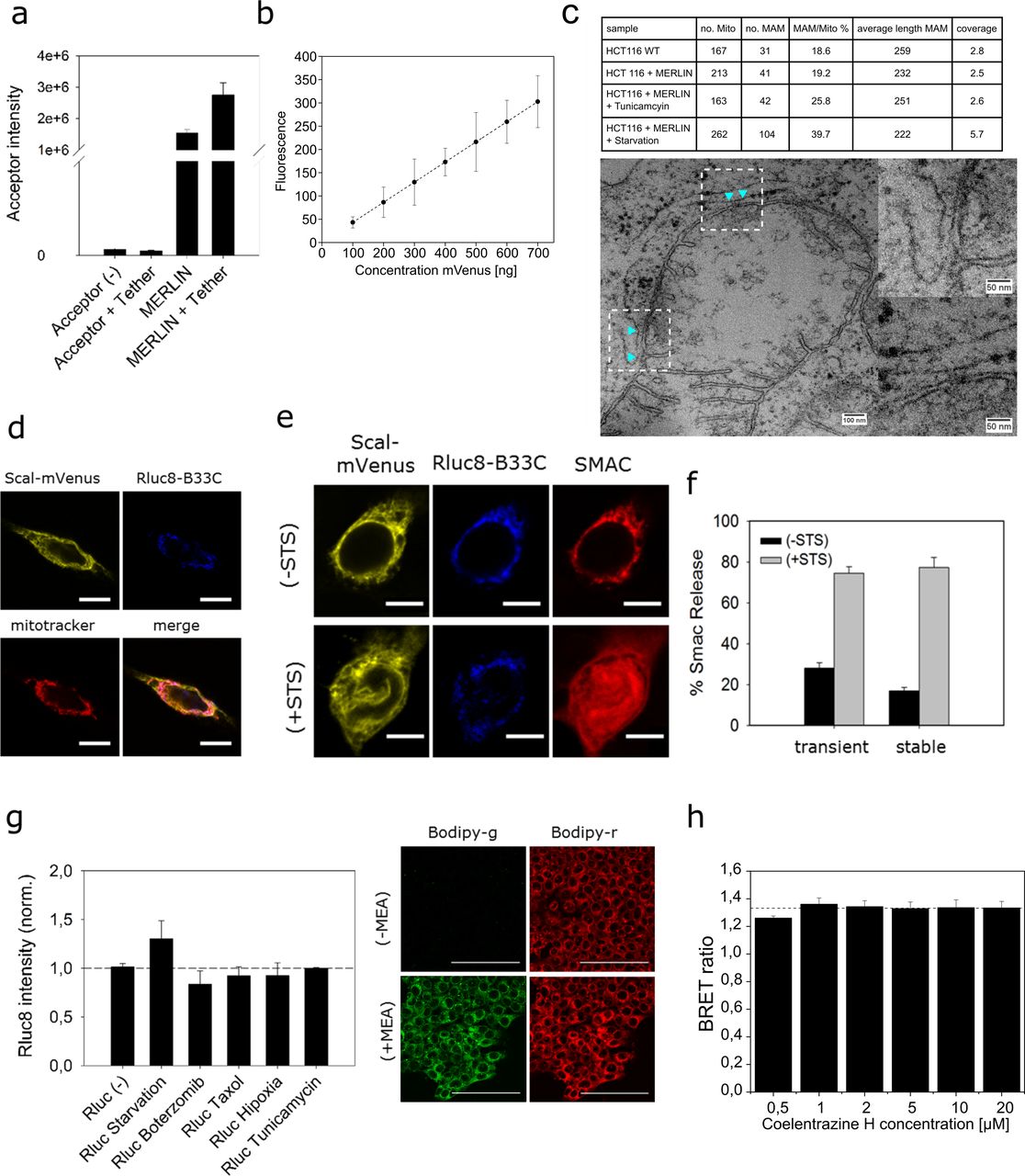

The reconstruction of a GSMM is not complete without the addition of an equation representing biomass formation, which should denote a drain of building blocks (e.g. In eukaryotes, reactions can take place in several different compartments, including the mitochondrion, endoplasmic reticulum, or Golgi apparatus. In prokaryotes, compartments are limited to the cytosol and (often) the periplasmic space. ( 1).Īfter the assembly of the reaction set, its stoichiometry should be checked, namely using information available in online databases such as BRENDA ( 11), BKM-react ( 12) or MetaCyc ( 13).įor compartmentalisation, information about the reactions (and corresponding enzymes) localisation should be sought. Illustration of the GSMM's reconstruction process. Afterwards, reactions catalysed by enzymes without EC numbers assigned, namely transport reactions and reactions known to exist in a given organism (from experimental evidence described in the literature), are used to complement the GSMM, together with spontaneous reactions. Initially, only reactions associated to the EC numbers previously identified should be retrieved. The next stage is the identification of the metabolic reactions associated with the organism. Frequently, a re-annotation has to be performed as a first step of the reconstruction process ( 8– 10). often EC numbers are missing for genes identified as metabolic). Also, the information collected during this process does not always comply with the requirements of a GSMM (e.g. Although the information on the genome annotation can be found in public databases for a wide variety of organisms, it should be remarked that, often, these annotations have been performed at the time of genome sequencing, being usually out-dated. Other data, such as genes associated to signal transduction or gene expression regulation are not considered.

Here, data collected include Enzyme Commission (EC) ( 6) and Transporter Classification (TC) numbers ( 7), as well as the associated genes and gene product names, if available. In the first stage, information on the genome annotation is retrieved from several data sources. The most comprehensive of these studies describes a protocol with about 100 steps ( 3) that can be summarised in six stages ( 1), according to Figure Figure1. The collection of these reactions is a laborious and iterative process, which was previously described by several authors. Besides the reactions catalysed by enzymes associated with metabolic genes, the crossing of cellular membranes by metabolites is often promoted by transporter proteins also encoded in the genome. To achieve this purpose, a set of biochemical reactions that can take place within the target organism should be assembled ( 4, 5). A GSMM allows predicting a given organism's phenotype from its genome sequence and biochemical information. The reconstruction and use of these biochemical models is, nowadays, a common alternative to the more expensive and time-consuming wet-lab experiments as the output provided by the in silico simulations permits focusing on experiments with promising results.

Genome-scale metabolic models (GSMMs) are used to predict, in silico, microorganisms’ responses to different genetic or environmental stressors ( 1– 3). Finally, merlin expedites the transition from genomic data to draft metabolic models reconstructions exported in the SBML standard format, allowing the user to have a preliminary view of the biochemical network, which can be manually curated within the environment provided by merlin. The gene-proteins-reactions (GPR) associations are automatically generated and included in the model. It also performs the compartmentalisation of the model, predicting the organelle localisation of the proteins encoded in the genome and thus the localisation of the metabolites involved in the reactions promoted by such enzymes.

Moreover, merlin includes tools for the identification and annotation of genes encoding transport proteins, generating the transport reactions for those carriers. It performs the major steps of the reconstruction process, including the functional genomic annotation of the whole genome and subsequent construction of the portfolio of reactions. The Metabolic Models Reconstruction Using Genome-Scale Information ( merlin) tool is a user-friendly Java application that aids the reconstruction of genome-scale metabolic models for any organism that has its genome sequenced.


 0 kommentar(er)
0 kommentar(er)
